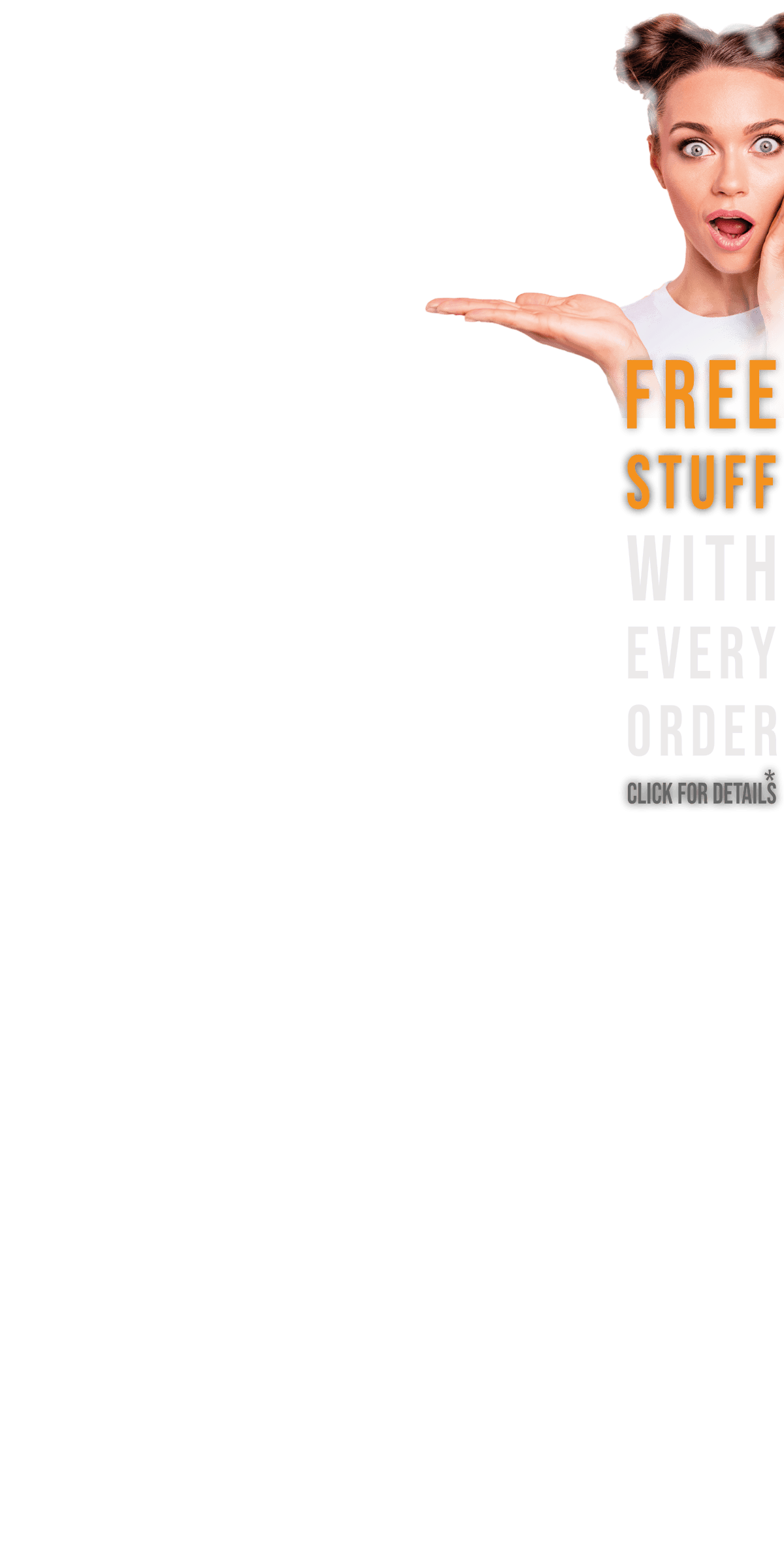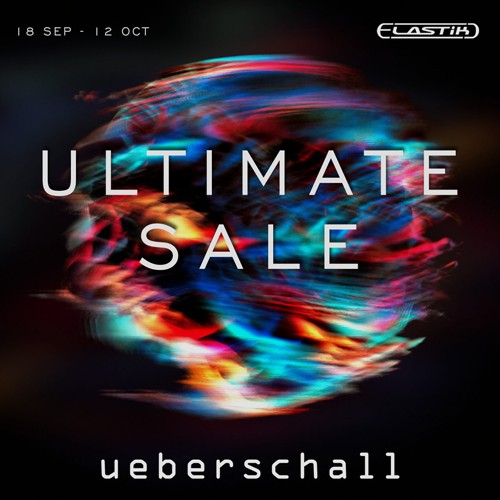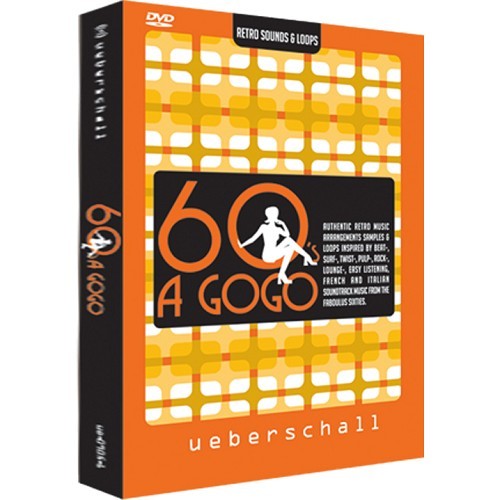Authentic retro music arrangements, samples & loops inspired by beat-, surf-, twist-, pulp-, rock-, lounge-, easy listening, french and italian film music from the faboulus sixties.
Played on real vintage instruments and amps:
* beat guitars
* italo western style guitars
* retro basses
* organ
* real played drumloops (+single tracks!)
* female & male choirs
* pianos
* trumpets
* flugelhorns
* flutes
* brass & wind sections
All samples available in a mixed 60s style version AND in a dry unmixed version! Over 1.5 GB sample material to give your productions real 60s retro vibrations. The sound library comes along with the brand new Elastik loop player for realtime timestretching and pitchshifting, among other nice features.
The Elastik window is split into three main sections. The left is dominated by the main controls, which include dialogues for loading and saving presets from the sample sound bank. In this particular library, the majority of the presets consist of several loops that form a small construction kit, or loops that form the individual elements of a complete drum loop. A range of controls is provided that allows the tempo and pitch of the loop to be adjusted, and tempo to be set to
match the host. The user also has a choice between applying a simple filter or envelope to a loop, or beat-slicing it. The filter and amplitude envelope are pretty modest by modern standards but the beat-slicing works well enough if you want to roll your own drum patterns.
The right-hand side of the window is dominated by a rather unconventional waveform display. This shows the waveform of the currently selected loop in a circular format (presumably to keep things compact). Aside from the fact that it looks interesting, you can also use this to drag the loop start point (S) and end point (E)
if you only wish to use part of a loop.
The bottom of the window is dominated by two sections of virtual keyboard. By default these span keys C1 to B3 (the lower section) and C4 to B6 (the upper section). When a preset is loaded, each loop is allocated to a key on the lower portion of this keyboard, and these keys can be used to trigger the loops from a MIDI keyboard. If the user wants to create their own keyboard layout, loops can be dragged and dropped into the upper section. This also applies to the
beat-slicing function, where the slices of a loop are assigned to a series of consecutive keys. Such user-defined layouts can be saved and recalled. Interestingly, given that one common purpose of using a dedicated front-end for sample libraries is copyright protection, loops can be exported from Elastik as WAV files for use within other audio applications. In summary, Elastik is simple enough to use and, apart from one or two quirky moments, it seemed to behave itself reasonably well during testing with Cubase 4.
Front-end aside, the sample content of this library is an absolute hoot. As the title and packaging suggest, this is a retro collection of loops with a very distinctive '60s flavour. The loops are split into some 14 song-based construction kits, although most of the songs are themselves split across two presets, forming an 'A' and 'B' song section that could be pieced together in a complete arrangement. Furthermore, the loops are presented as 'demosongs' (premixed
and probably best just for auditioning purposes), 'mixed' and 'dry' versions. The dry versions are fairly self-explanatory, but the mixed versions are the same loops with some '60s-style processing applied (particularly vintage reverb). Each construction kit consists of a decent number of loops, often with three or four different drum loops, a bass loop or two and then an assortment of other instruments, such as guitars, cheesy organs, flutes, pianos, brass and vocals. Both the sounds and the playing capture the '60s vibe very well.
However, the thing that struck me most was the compositions themselves. Listening to the demo songs for each construction kit was like entering some kind of time warp. Images of films set in the swinging '60s, minis (cars and skirts) racing around London, or set in (then) exotic European locations such as Rome or Paris and starring Julie Christie or David Hemmings were conjured up by almost every kit. Equally, if you wanted to pastiche a Pearl & Dean cinema advert there are certainly one or two pieces here that would form a very good basis for doing so. Everything about the production of these kits is utterly convincing of the period, but the vocals and organ sounds are particularly evocative.
60s A GoGo is likely to be aiming at something of a niche market and, at just under £70, this library does not perhaps scream 'bargain!'. Elastik itself is functional, but some users might feel that learning yet another front-end just to use a loop library is in danger of becoming a chore. It would be really nice to see library producers develop an alternative copy-protection system (dongle-based perhaps?) that allowed users to access loops via their own choice of loop manipulation tool, although at least you do have the option of exporting individual loops from Elastik, should you wish. All that said, if you need some genuinely cheesy '60s flower-power pop, 60s A GoGo pushes all the right buttons, and it is worth auditioning - if only for the nostalgia trip it can most certainly induce.
4 STARS Testbericht : 60s A Go Go Sound on Sound, July 2007 60s A GoGo comes as an Elastik loop library. Elastik (a rather simpler affair than Ueberschall's Melodyne-based Liquid front-end) provides a way of adjusting both tempo and, if required, the overall pitch of the loop to meet the needs of the project. It can run as a stand-alone application or as a plug-in in VST, RTAS (Mac and PC) or AU (Mac only) formats. I tested v1.5.2.0 of the VST plug-in on a PC, using Cubase 4 as a host.
The Elastik window is split into three main sections. The left is dominated by the main controls, which include dialogues for loading and saving presets from the sample sound bank. In this particular library, the majority of the presets consist of several loops that form a small construction kit, or loops that form the individual elements of a complete drum loop. A range of controls is provided that allows the tempo and pitch of the loop to be adjusted, and tempo to be set to
match the host. The user also has a choice between applying a simple filter or envelope to a loop, or beat-slicing it. The filter and amplitude envelope are pretty modest by modern standards but the beat-slicing works well enough if you want to roll your own drum patterns.
The right-hand side of the window is dominated by a rather unconventional waveform display. This shows the waveform of the currently selected loop in a circular format (presumably to keep things compact). Aside from the fact that it looks interesting, you can also use this to drag the loop start point (S) and end point (E)
if you only wish to use part of a loop.
The bottom of the window is dominated by two sections of virtual keyboard. By default these span keys C1 to B3 (the lower section) and C4 to B6 (the upper section). When a preset is loaded, each loop is allocated to a key on the lower portion of this keyboard, and these keys can be used to trigger the loops from a MIDI keyboard. If the user wants to create their own keyboard layout, loops can be dragged and dropped into the upper section. This also applies to the
beat-slicing function, where the slices of a loop are assigned to a series of consecutive keys. Such user-defined layouts can be saved and recalled. Interestingly, given that one common purpose of using a dedicated front-end for sample libraries is copyright protection, loops can be exported from Elastik as WAV files for use within other audio applications. In summary, Elastik is simple enough to use and, apart from one or two quirky moments, it seemed to behave itself reasonably well during testing with Cubase 4.
Front-end aside, the sample content of this library is an absolute hoot. As the title and packaging suggest, this is a retro collection of loops with a very distinctive '60s flavour. The loops are split into some 14 song-based construction kits, although most of the songs are themselves split across two presets, forming an 'A' and 'B' song section that could be pieced together in a complete arrangement. Furthermore, the loops are presented as 'demosongs' (premixed
and probably best just for auditioning purposes), 'mixed' and 'dry' versions. The dry versions are fairly self-explanatory, but the mixed versions are the same loops with some '60s-style processing applied (particularly vintage reverb). Each construction kit consists of a decent number of loops, often with three or four different drum loops, a bass loop or two and then an assortment of other instruments, such as guitars, cheesy organs, flutes, pianos, brass and vocals. Both the sounds and the playing capture the '60s vibe very well.
However, the thing that struck me most was the compositions themselves. Listening to the demo songs for each construction kit was like entering some kind of time warp. Images of films set in the swinging '60s, minis (cars and skirts) racing around London, or set in (then) exotic European locations such as Rome or Paris and starring Julie Christie or David Hemmings were conjured up by almost every kit. Equally, if you wanted to pastiche a Pearl & Dean cinema advert there are certainly one or two pieces here that would form a very good basis for doing so. Everything about the production of these kits is utterly convincing of the period, but the vocals and organ sounds are particularly evocative.
60s A GoGo is likely to be aiming at something of a niche market and, at just under £70, this library does not perhaps scream 'bargain!'. Elastik itself is functional, but some users might feel that learning yet another front-end just to use a loop library is in danger of becoming a chore. It would be really nice to see library producers develop an alternative copy-protection system (dongle-based perhaps?) that allowed users to access loops via their own choice of loop manipulation tool, although at least you do have the option of exporting individual loops from Elastik, should you wish. All that said, if you need some genuinely cheesy '60s flower-power pop, 60s A GoGo pushes all the right buttons, and it is worth auditioning - if only for the nostalgia trip it can most certainly induce.
4 STARS
The sounds themselves are a satisfying and convincing selection of 60s-style construction kits. They feature kitsch vocals, plump brass, jangly guitars, big organs and lilting flutes.
A first class package.
Rating: 9
Review : 60s a GoGo Computer Music, May 2006 This collection uses Ueberschall’s Elastik Loop Player to automatically stretch the supplied loops to your track’s tempo. This system might not appeal if you like to load samples into your sequencer’s arrange window, but the timestretching algorithm works well, and you can manipulate the supplied content in a variety of ways.
The sounds themselves are a satisfying and convincing selection of 60s-style construction kits. They feature kitsch vocals, plump brass, jangly guitars, big organs and lilting flutes.
A first class package.
Rating: 9
You get construction kits for 14 songs (many with two or three variations) ranging in tempo from 65 to 160 bpm biased towards the faster side. The single 1.56 gig Elastik bank is divided into three folders: Demo Songs, Kits Mixed, and Kits Dry.
Demo songs range from 4 to 16 bars in length, often broken into two or four distinct sections that often (but not always) may be looped smoothly. Each Demo Song bank features three samples: full mix, just the instruments, and just the percussion, with the drums occasionally being only 1 to 4 bar loops, sometimes missing the breaks that appear in the full mix.
The Kits Mixed folder contains 5 to 24 individual 1 to 4 bar loops that includes breakouts such as drums, male voices, female voices, organ, just the hi-hats, and the such. Some of the samples include variations and breaks. The Kits Dry folder contains well over 100 banks of more elemental recordings of these pieces. Inside, the Drums subfolder features loops for each drum mic (with lots of bleed), while the Instruments subfolder contains loops of individual licks without artificial reverb added.
Review : 60s a GoGo Virtual Instruments, July 2006 This library quickly recalls the more innocent times of ’60s era surf and bubblegum pop. In addition to the standard era-accurate instrumentation—including prominent combo organ—there are also flutes and a fair amount of horns that occasionally bring to mind Herb Albert’s Tijuana Brass (or on one occasion, Mark Isham doing acid rock). Country, doo-wop, and mildly psychedelic flavors also make brief appearances. The recordings are clean but not antiseptic, often with an appropriate wash of reverb.
You get construction kits for 14 songs (many with two or three variations) ranging in tempo from 65 to 160 bpm biased towards the faster side. The single 1.56 gig Elastik bank is divided into three folders: Demo Songs, Kits Mixed, and Kits Dry.
Demo songs range from 4 to 16 bars in length, often broken into two or four distinct sections that often (but not always) may be looped smoothly. Each Demo Song bank features three samples: full mix, just the instruments, and just the percussion, with the drums occasionally being only 1 to 4 bar loops, sometimes missing the breaks that appear in the full mix.
The Kits Mixed folder contains 5 to 24 individual 1 to 4 bar loops that includes breakouts such as drums, male voices, female voices, organ, just the hi-hats, and the such. Some of the samples include variations and breaks. The Kits Dry folder contains well over 100 banks of more elemental recordings of these pieces. Inside, the Drums subfolder features loops for each drum mic (with lots of bleed), while the Instruments subfolder contains loops of individual licks without artificial reverb added.
Free ELASTIK 3.6.3 Loop-Player is included in this product.
With its intuitive Loopeye editing environment, the high-quality pitch, key, scale and tempo manipulation algorithms and the huge collection of Elastik-ready sample libraries, spanning almost every conceivable musical genre, Elastik is a powerful workstation for loop-based musicproduction. It can be used either as a standalone application or as plugin within almost any DAW on both Windows and macOS platforms.
Mac:
- macOS 10.12 or higher
- Apple Silicon Support
- 64 bit
Windows:
- Windows 8 or higher
Required Registration:
Ueberschall products require you to register with the manufacturer at www.ueberschall.com to activate your license.
This product requires an activation!
An internet connection is required to authorize / activate the product.





